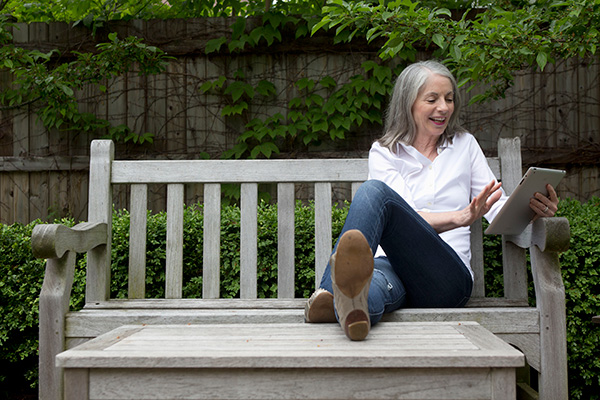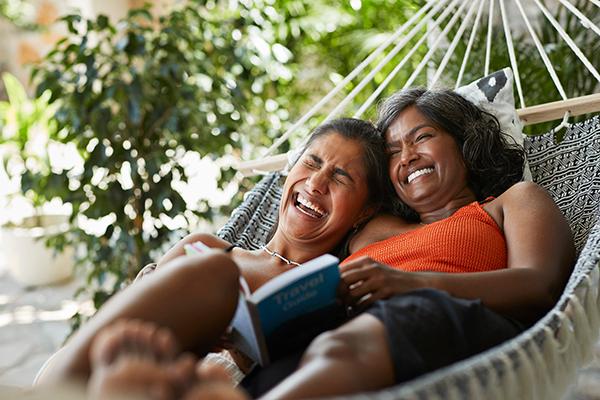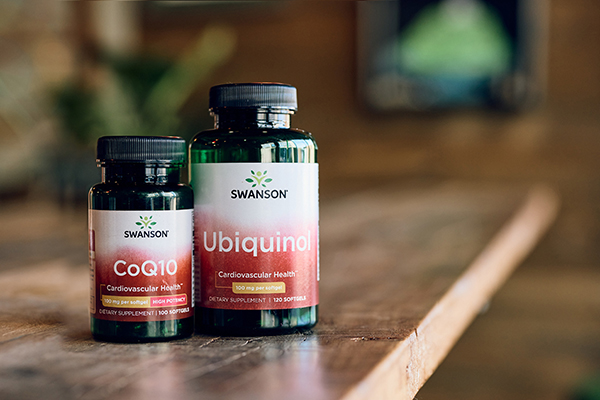Dear Friends,
Today's video from Dr. Joel Baumgartner talks about all of the things that are holding our bodies together... the things that keep us moving, including tendons, joints and ligaments. According to Dr. Baumgartner, these connective tissues are responsible for "Grandma turning into Yoda" (i.e. slowly losing her good posture from her youth as she ages). As we age, these connective tissues are slowly stretched out and they lose a bit of their elasticity, so slouching, slumping, etc. are the natural, visible results of regular aging. Watch the short video below to hear what Dr. Baumgartner says you can be doing to help prevent this and to keep your tendons and ligaments strong.
Video Transcript
Alright let's talk about what connects us and what holds us together. Those would be things like tendons, ligaments your joints, all those things are very important. Unfortunately as we age, the same thing happens, you see grandma's posture when she was 20 was like this, as she starts to age she becomes more [inaudible 0:15] and she starts to shrink. She turns into Yoda eventually. So, the reason grandma's turning into Yoda is because her ligaments and her tendons are stretching out, they're getting more brittle, they're getting more vulnerable. So, what we need to do as all of us are aging is we need to do things that are positive for our bodies in a lot of different ways. It keeps our tendons strong and put together and decreases the breakdown of our joints and our ligaments. So, there's a few things out there we can do. One thing is to maintain your health, maintain your flexibility through exercising. So, the more you exercise, the more you incorporate that into your life, the healthier your muscles are, the healthier your joints and your ligaments and your tendons are.
You know, unfortunately, the blood supply that goes to our ligaments and our tendons actually start to get smaller and smaller. So, for example, in a rotator cuff tendon, in a young guy 25, it takes a lot for him as a pitcher for him to tear that rotator cuff. Somebody that's 45 to 50, the same guy goes out there and tries to throw a fast ball and, "Pop." His shoulder snaps, he gets a rotator cuff tear, and he's up a creek for a long time unless he gets some stuff to fix that. So, there's a lot of things we can do to prevent that from happening, to keep those tendons stronger. So, like I said you can exercise, you can eat well. There's other things out there that, you know, new research is showing if you look at what these tendons are made of, they're make of a Type 1 collagen. Type 1 collagen is basically a type of collagen, it's like a rope and it connects things together.
And then there's some mucopolysaccharides that hold that together, so it's like the glue that holds all of those pieces of rope together. And if you can find something that helps to, one, give you stronger tendons, which is a Type 1 collagen, number 2, kind of brings those together, it's really important because the two of those together can really create a healthier ligament or tendon so, the longevity of a tendon is really related to the amount of healing cells that can get there, so like I said, if the blood supply is not there, you need a good blood supply. So, eating right, healthy exercise increases the blood supply to those joints. Using a muscle increases blood supply to that joint and then you want to supply that tendon or that ligament or that joint the right Type 1 collagen, which is very specific to tendons. Type 2 collagen is more the kind of collagen that rocks and coats the joint itself. It's like the, you take a chicken bone; it's that glossy stuff that's Type 2. We need the Type 1 to keep our ligaments strong.




